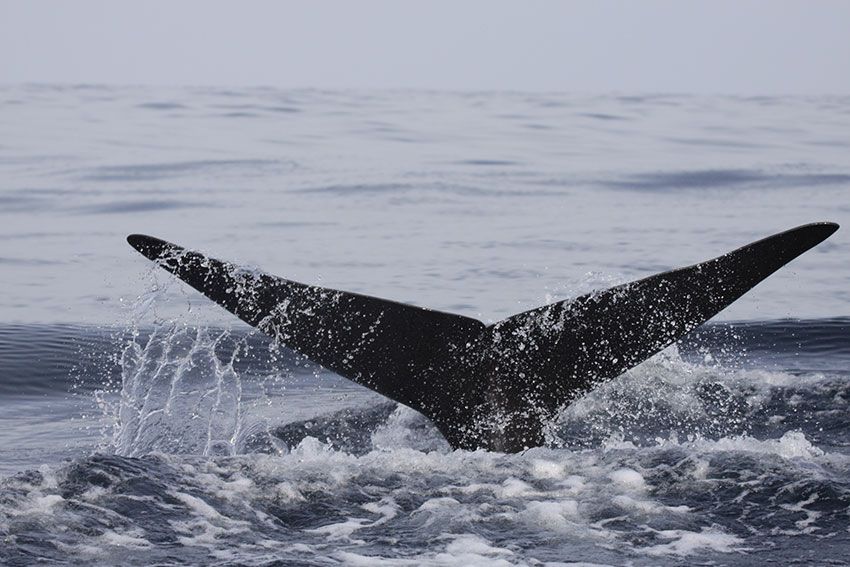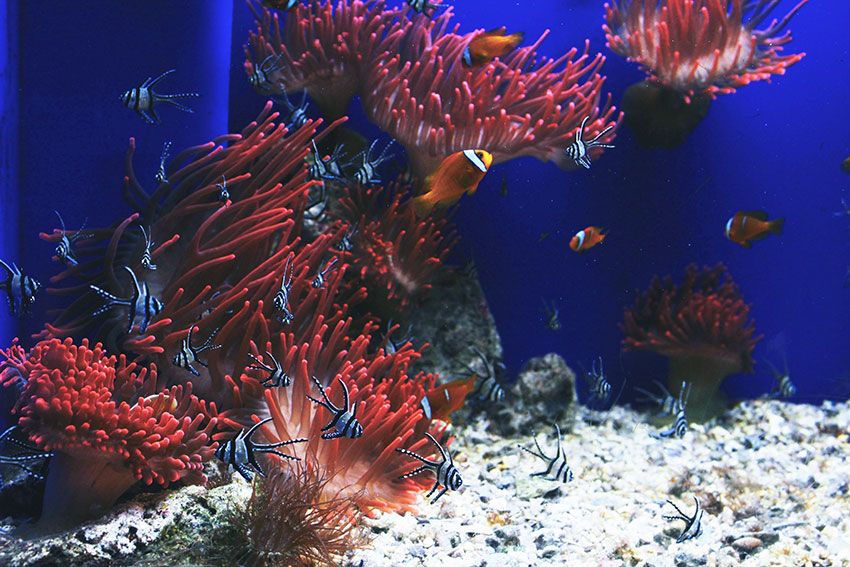San Francisco boasts a range of practices and policies to achieving sustainability, as both the City and County of San Francisco. The southern California city is well known for banning plastic bags, plastic bottles, and Styrofoam take-out containers, and San Francisco International Airport was the first to install carbon offset kiosks.
Here is a quick overview of the 5 Reasons San Francisco is a Sustainable City
Eco-Transportation
San Francisco’s public transportation system, is one of the top systems in the country with its mix of rapid rail, commuter rail and bus lines that span the city, that runs on biodiesel.
San Francisco is a pedestrian-friendly city, and walking is the best option to see everything, it’s zero-emissions, and you’ll get the health benefits of exercise.
If you want to get around more quickly than walking on your feet, but skip the public transportation you may consider renting a bike from one of the many rental shops in the city-including Bay City Bikes and Blazing Saddles or sign for a bike tour.
More than half of MUNI buses and light rails are zero-emission, and the remains will switch to hybrid diesel by 2020. After the city’s Healthy Air and Smog Prevention ordinance in 1999, more than 700 “cleaner air vehicles,” which are compressed natural gas, hybrid, and electric, have been introduced to San Francisco’s public transportation. There are a large number of LEED-certified companies and many buildings are eco-friendly certified.
Sustainable Food
Vegan cuisine is a really popular in San Franciscan food. City agencies maximize fair trade and organic food purchases from local farms that grow and harvest food sustainably. Restaurants maintain this habit and often times have menus that vary by the season and are locally grown ingredients. Even some sushi restaurants serve sustainably-sourced seafood. More grocery stores and restaurants are opting for sustainable options. The food production within the city has increased and farmers’ markets have become less pricey.
From coffee to cheese to other exceedingly valuable crops, California clearly has the climate and drive to grow its own produce. And having the nearby, hungry U.C. system as a customer willing to save money and operate more sustainably could seal the deal

Eco-Friendly Things to Do
With more than 220 green spaces in San Francisco, it’s easy to escape the City by the Bay without ever really leaving it. There are over 30 miles of hiking trails, residents can enjoy.
Hiking trails accessible by both walking and driving, offers breathtaking views of the city and East Bay, Bernal Heights and Brooks Park also have access to gorgeous views, as well as Bayview Park and Glen Canyon Park.
Reduce Waste
Waste reduction or prevention is the preferred approach to waste management because waste that never gets created doesn’t have waste management costs. Waste reduction also helps conserve resources for future generations and contributes to a cleaner environment.
San Francisco plans living waste-free by the year 2020. The Bay Area city is already over 78 percent achieved the goal and continues to make significant progress in reducing the impact in the landfills.
Back in 2007, San Francisco was the first US city to ban plastic bags! Grocery stores offer compostable bags as an alternative. The containers for waste subdivision in San Francisco are located in convenient locations such as stores, restaurants, campuses, and residential streets.
Greenhouse gas emissions have decreased by 12% compared to 1990 levels. Local farmers use the city’s nutrient-rich compost to produce food.
Water Conservation
Californians have made great strides in their commitment to water conservation and are embracing wise water use as a daily habit. From taking shorter showers to transforming landscapes with California friendly plants, Californians are showing that conservation still matters and that even the smallest changes can have a big impact.
In this battle to conserve water, San Francisco stands out as the area that has reduced its water consumption the most dramatically. San Franciscans use the least amount of water in the state of California. Residents use 49 gallons of water a day on average, compared to 100 gallons a day in the rest.
Photo credit: pexels.com
Check our others blog posts and learn more about other sustainable cities.








